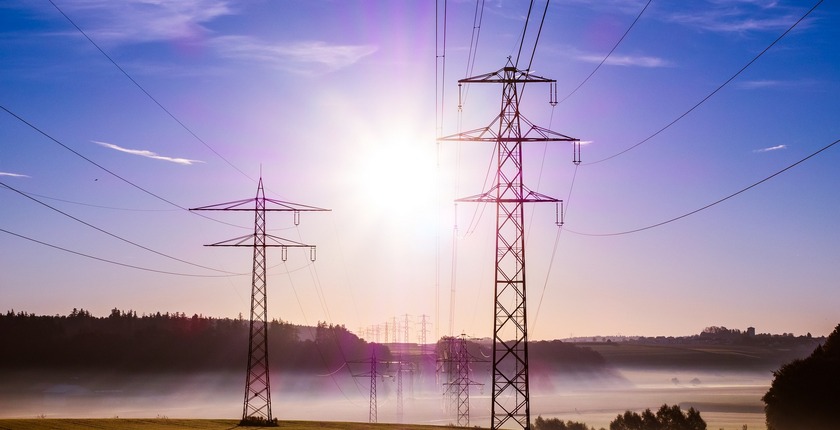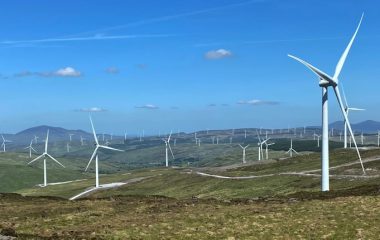
Photo: blickpixel from Pixabay
Share
European power grids are largely underprepared for the expected surge in renewable energy capacities, both in terms of national targets for 2030 and in relation to market projections. As new clean energy capacities are already facing connection delays, curtailment, and higher prices for end consumers, this lack of ambition may seriously hamper the energy transition, clean-energy think-tank Ember warns in a new report. There is no transition without transmission, its energy and climate data analyst Elisabeth Cremona said.
In its survey of development plans for national grids, Ember found that 11 out of 26 are based on lower wind and solar deployment compared to national targets. This lack of alignment risks resulting in insufficient preparation to integrate wind and solar. Solar capacity is underestimated by a total of 60 GW across the 11 countries, and wind by 27 GW.
The most ambitious grid plans are found in Finland, the Netherlands, Denmark, and Croatia, where transmission system operators’ blueprints for 2030 exceed the national solar deployment targets by more than 50%. When it comes to its TSO’s plan vs. national wind target, Croatia is ranked among the countries “slightly falling behind,” with its plan exceeding the target by 10% to 50%.
Croatia is ranked as “exceptionally ambitious” when it comes to grid plans vs. solar targets
As for other countries tracked by Balkan Green Energy News, Slovenia and Cyprus are described as “neutral,” with their grid plans at 10% more or 10% less than their national targets for both solar and wind. Romania and Greece are “slightly falling behind,” while Bulgaria is “significantly falling behind” as its plan is over 50% below its national target for 2030. Western Balkan countries could not be assessed due to a lack of data, according to Ember.

Compared to SolarPower Europe’s and WindEurope’s market outlooks, solar is underestimated by as much as 205 GW in 19 out of 23 national grid plans, while wind is underestimated in 10 out of 31 plans, by a total of 17 GW. These discrepancies imply grid congestion may worsen in the short term, according to Ember.
Solar is underestimated by as much as 205 GW compared to the market outlook
Most countries are underprepared for the expected solar surge, with the exception of Croatia, Bulgaria, the Netherlands, and Denmark. The situation is somewhat better when it comes to wind, where a larger number of TSOs are not deemed underprepared, including in Bulgaria, Slovenia, and Kosovo*.
Failing to address grid capacity issues in a timely manner will be expensive
Elisabeth Cremona, an energy and climate data analyst at Ember, said Europe cannot afford to overlook grids as it risks holding the supercharged energy transition back if plans are not updated. “Making sure solar and wind can actually connect to the system is as critical as the panels and turbines themselves. There is no transition without transmission,” she said.
Failing to address grid capacity issues in a timely manner will be expensive, and already constitutes a substantial cost for many countries, Ember warns, noting that Spain, for example, spent more money in 2023 to manage its already congested transmission grid than it invested in its development.
Rapid grid expansion is possible if there is political will
The report also notes, however, that there are some positive signs, as TSOs’ plans reveal a trend of increasing grid expansion over the coming decade, alongside network refurbishments and upgrades. +
According to grid plans from 35 countries, over 25,000 kilometers of new lines are planned until 2026. They would increase the total length of national transmission networks by 5.3% to 523,000 kilometers.
The ambitious expansion plans of several TSOs demonstrate that rapid grid development is feasible if there is political prioritization, Ember noted, calling for bold action and better grid planning across Europe in the coming years.
Hydrogen must be integrated into grid planning
The report’s authors added it is necessary to integrate hydrogen in grid planning, arguing that hydrogen production and consumption would have significant implications for the power networks. Although many TSOs are progressively incorporating it into their grid plans, some of them only consider one side of the hydrogen equation – either consumption or production, according to Ember.









Be the first one to comment on this article.